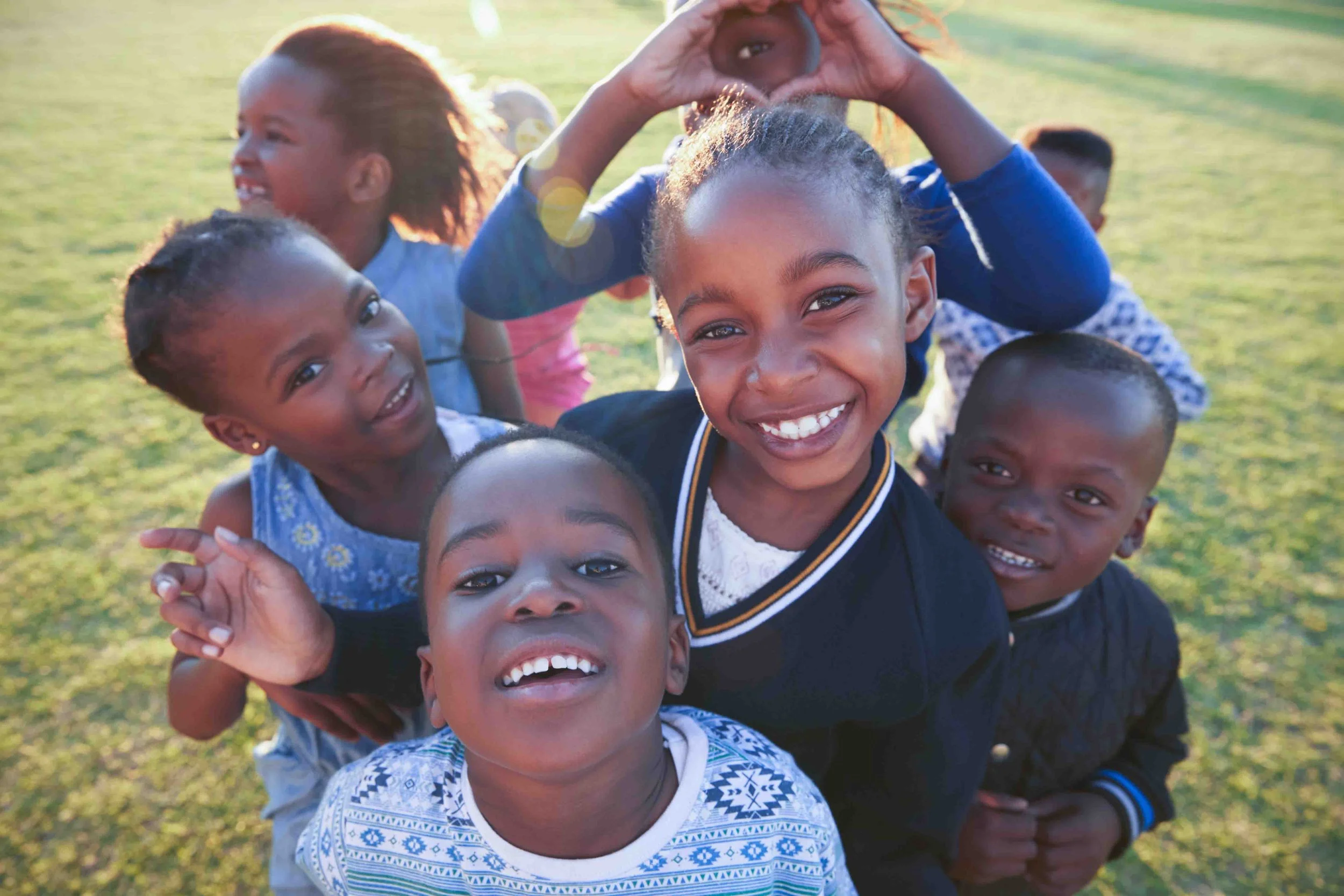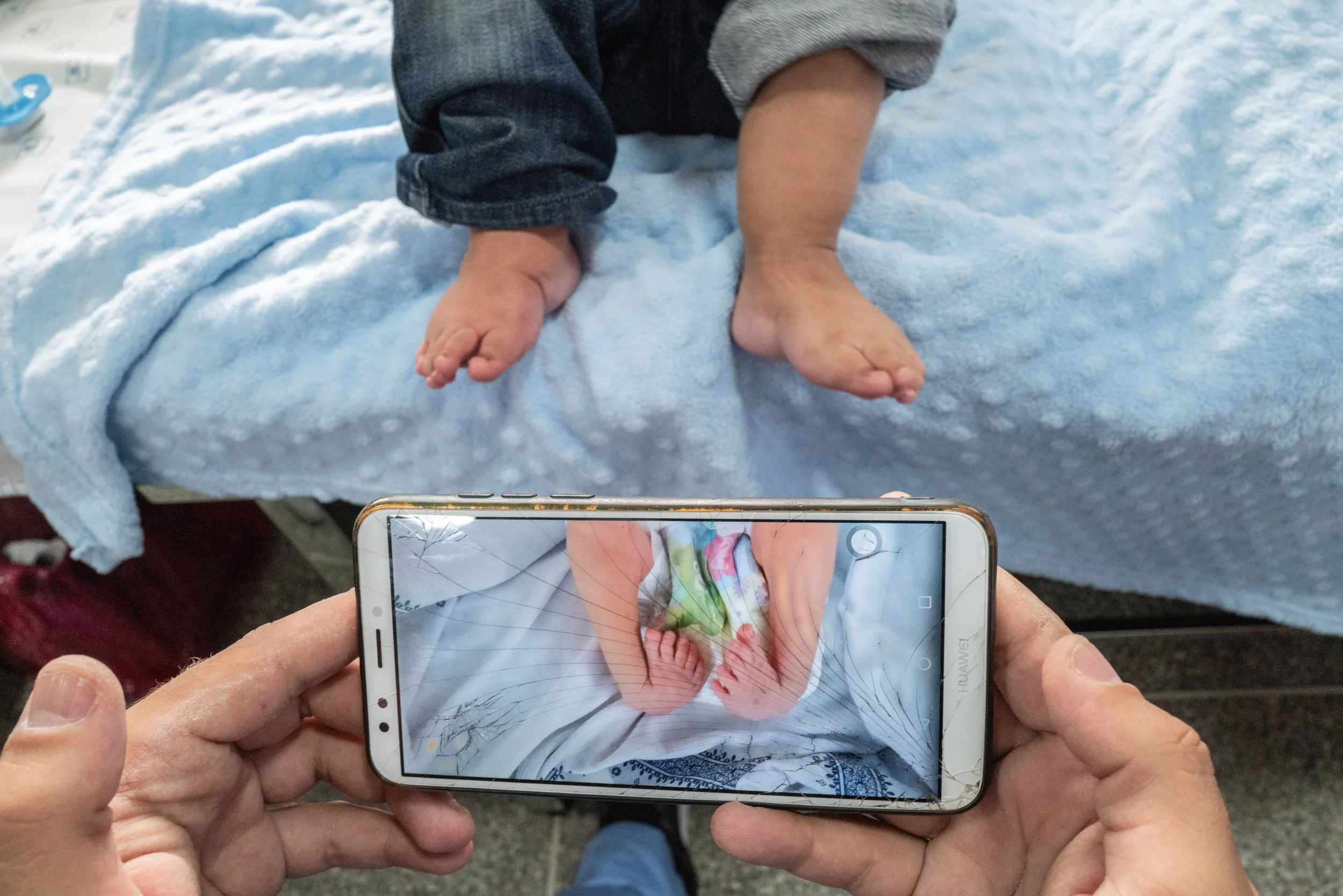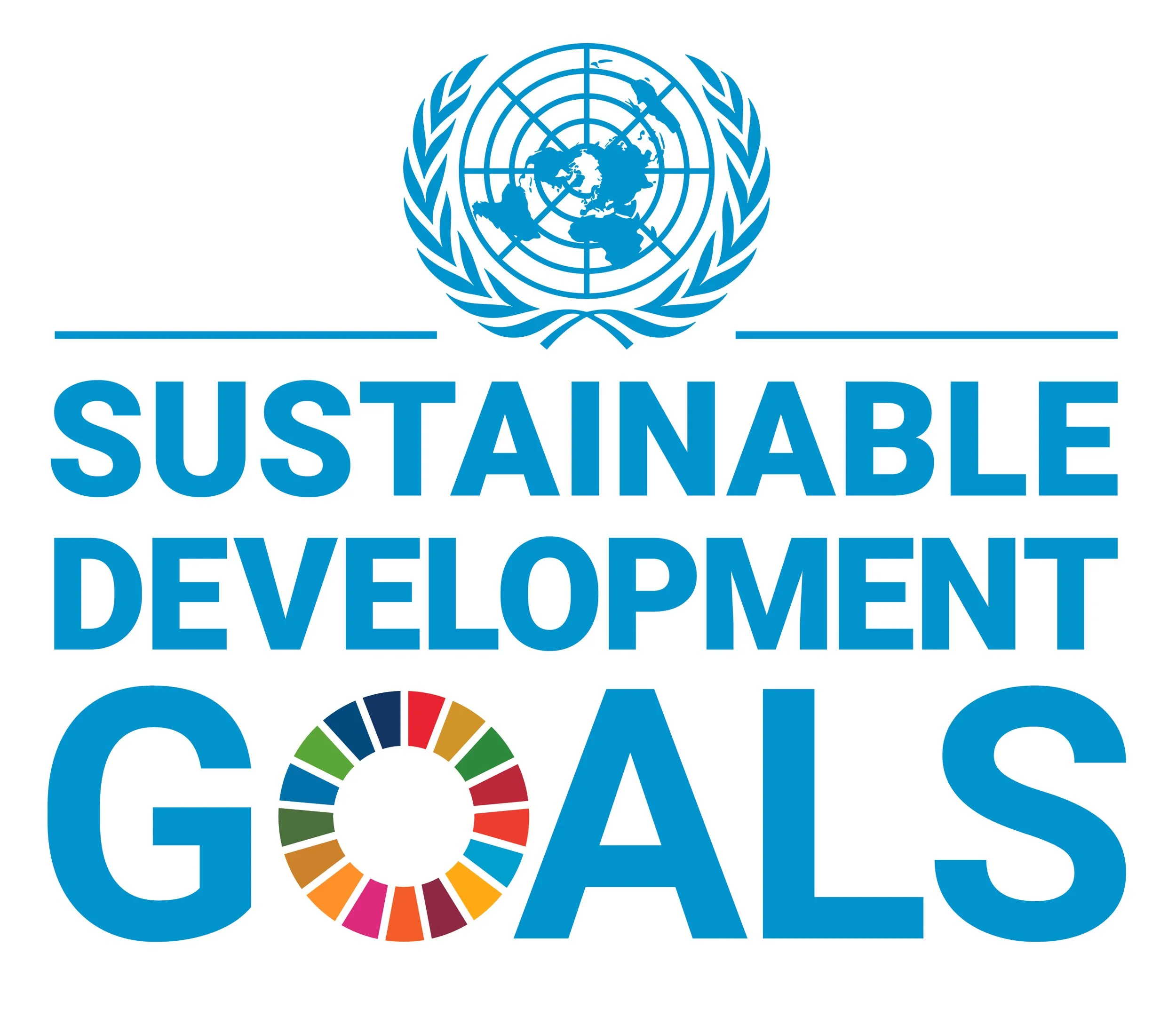
-
Clubfoot is one of the most common musculoskeletal birth defects that, when left untreated, leads to pain, difficulty walking, stigma, and exclusion from educational, social, and economic opportunities. It affects nearly 200,000 children nearly every year, most of whom are born in low- and middle-income countries (LMIC) and as such are unable to access the correct treatment.
Clubfoot affects 1 in 800 live births with 200,000 babies born globally with clubfoot per year, of which approximately 90% are in LMIC. Due to historic lack of access to treatment, we estimate there to be up to two million children living with untreated clubfoot across the world.
Because clubfoot treatment is relatively easy, affordable, and highly effective, this does not need to be the case.
The impact of untreated clubfoot not only takes a high toll on the babies and children born with clubfoot, but also their families and wider communities. Children with clubfoot experience significant stigma from having a visible deformity, with bullying and exclusion from their peer groups being common. Because they cannot walk long distances, they often are excluded from education.
Adults with untreated clubfoot are more likely to experience a life of poverty due to missed education and employment opportunities and the emotional toll from this can lead to mental health challenges, isolation, and relationship breakdowns.
The consequences of untreated clubfoot place a heavy burden on society with loss of individual productivity and economic contribution, and additional burden on healthcare and welfare systems. The burden is multiplied each year by the number of children born with clubfoot, who can live with life-long impairment if untreated.
-
Clubfoot is treated using a minimally invasive approach; the Ponseti method. This method is accepted as the gold standard clubfoot treatment and is endorsed by medical associations such as the American Academy of Orthopaedic Surgeons, British Society of Orthopaedic Surgeons, and World Health Organisation.
Treatment involves serial castings over 5-8-weeks, a minor outpatient surgical procedure (Achilles tendon tenotomy) and a foot abduction brace, worn while sleeping for 4-5 years to maintain the correction and reduce risk of relapse.
Corrected feet have the same movement, function and appearance as unaffected feet and are pain free. Treatment transforms the life of a child born with clubfoot, giving them the opportunity to participate fully in their families and communities, go to school and ultimately secure meaningful employment.
The Ponseti method is cost efficient, relatively simple to apply and effective in restoring alignment of the foot position in up to 98% of cases, making it well suited to low resource settings. Treatment is most effective if started in infancy, ideally under 2 years of age. Growing evidence indicates that manipulation and casting can also reduce deformity in older children and limit the extent of invasive surgery as well.
In the long term, outcomes of Ponseti treatment are excellent: a 30-year follow up with treated patients showed that they had comparable foot function and pain levels to a group of adults of comparable ages without clubfoot. Follow up studies in LMIC countries have consistently shown that the vast majority of children walk well following treatment in infancy, and high parent satisfaction with their children's function.
The Ponseti method makes it possible to address the problem of clubfoot cost-effectively on a global scale.
-
RunFree2030 is Global Clubfoot Initiative’s (GCI) strategy to scale up access to clubfoot treatment worldwide and address the injustice of millions growing up with painful, twisted feet; children who should be able to walk, play and run free.
Vision:
A world where every child with clubfoot can live to the full and walk, play, and run free.
Goal:
All children born with clubfoot will be able to access high quality and effective care.
Objectives:
Access – All LMICs within the RunFree2030 strategy will have national clubfoot programmes with comprehensive clubfoot care available to all babies.
Quality– High-quality clubfoot treatment will be provided according to evidence-based protocols.
Integration – National programmes are integrated into health systems for long-term sustainability
The campaign addresses clubfoot services in the 103 LMICs where 90% of babies with clubfoot worldwide are born each year. Of these countries, all of which have more than 50 clubfoot cases per year, we further prioritise those with the greatest unmet need for treatment, that have the most babies born with clubfoot, and where the medical community and government demonstrate willingness to collaborate.
It is a call to action: let us combine efforts and resources to end this injustice in our lifetime.
It is a roadmap: scaling up a proven set of interventions.
And it is achievable: if we work together, all children will run free!
-
Global Clubfoot Initiative (GCI) developed and launched RunFree2030 in 2017 with a network of 60 national and international NGOs.
GCI is an umbrella organisation comprising 60 member organisations across 70 countries. This network contains individuals and organisations with technical and programmatic expertise in clubfoot management and implementing service delivery in low- and middle-income countries (LMIC). The team includes parents of children with clubfoot, clinicians, and healthcare advocates.
Since 2007, our successful implementation model, designed and implemented alongside our members, has resulted in over 350,000 children receiving effective treatment to date. A number of programmes are already reaching >50% of babies born with clubfoot in their countries.
In partnership with governments and national health systems, this network ambitiously put RunFree2030 into motion and achieved far more than any one organisation could on their own.
Discover GCI’s full list of members here.
'RunFree2030 is coordinated by the Global Clubfoot Initiative (GCI) and its members. However, it is much bigger than our network and you do not have to be a GCI member to be part of it - it is for anyone who supports the vision and whose work and interests help to advance the movement towards its vision.

What is the current global situation regarding clubfoot?
Key:
-
No evidence of Ponseti
-
Evidence of Ponseti treatment availability (unquantified)
-
Evidence of Ponseti treatment availability (quantified)
-
High income country, or less than 50 expected annual cases
Treatment coverage in countries varies from 1-100%. Globally, coverage in all LMIC in 2023 was 20%.

More about RunFree2030
How does RunFree2030 address clubfoot globally?
Our strategy for global scale up has at its core the Accessible Clubfoot Care and Sustainable Solutions (ACCESS) service delivery model: a replicable framework for delivery of all components of comprehensive clubfoot treatment. ACCESS was developed from the best practices piloted, refined, and adopted by GCI members. This proven approach makes clubfoot services accessible in LMICs for children who need them most through:
Evidence based Ponseti treatment
Programmatic support for comprehensive service delivery across a country or region
An enabling environment
The ACCESS model ensures that clubfoot treatment is integrated within health systems and its key elements include early detection and referral (EDR), training, family support, and central coordination. It is adaptable across different environmental contexts and replicable across settings allowing families to find and complete treatment.
The ACCESS model is implemented while keeping the child at its heart, and partnership and community collaboration is essential to its success.
How do we scale up access to treatment?
RunFree2030 calls scale up to be both vertical-integrating into existing health systems- and horizonal- expanding geographical coverage to reach more children.
Our four cross-cutting strategies are designed to accelerate progress and, when carried out in partnership with governments, civil society organisations, and institutional stakeholders, are achievable and will have a significant impact on tens of thousands of children each year.
What have we achieved so far?
To reach our next milestone of 50% treatment coverage by 2030, we need to approximately double both annual treatment enrolments and budget globally.
This will need a concerted effort and collaboration. We can achieve this by working together!






